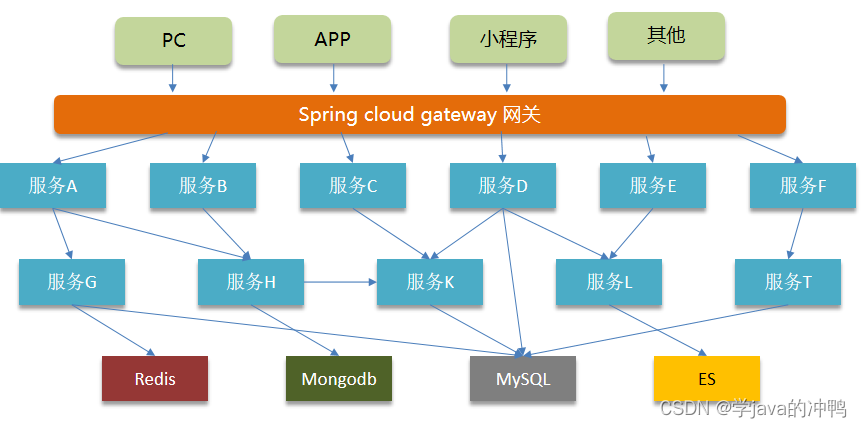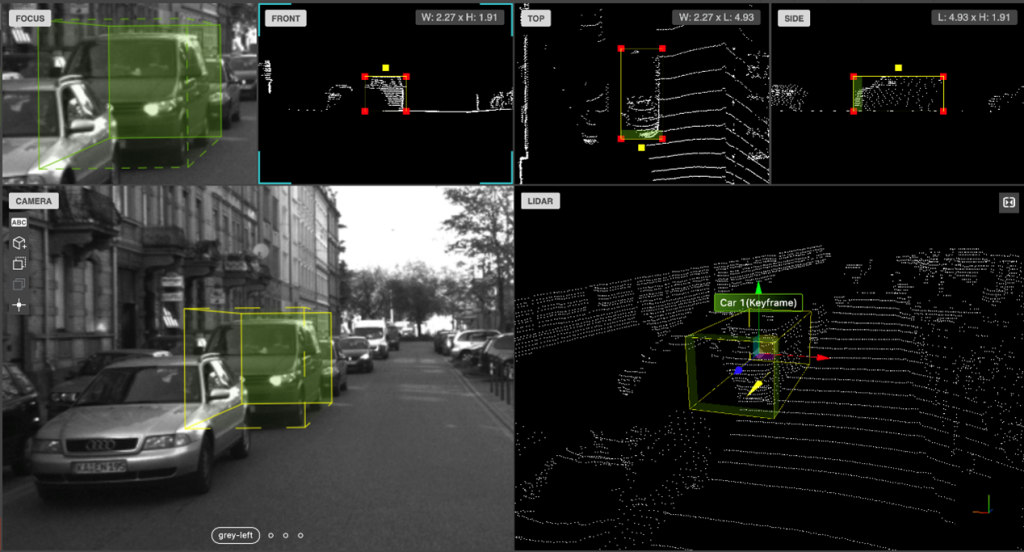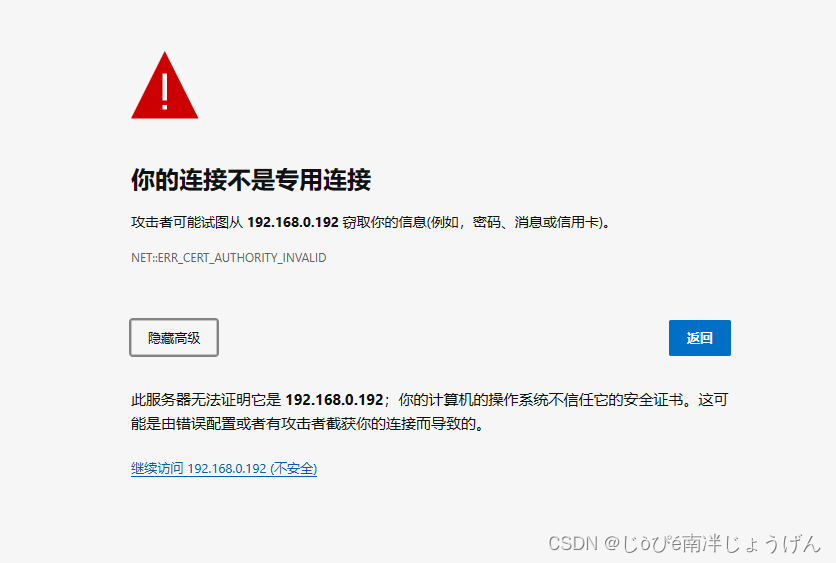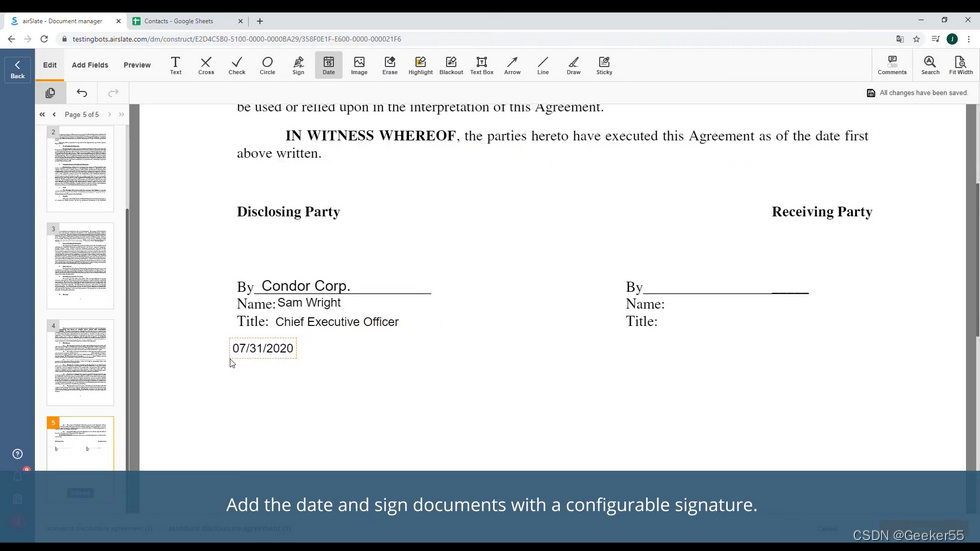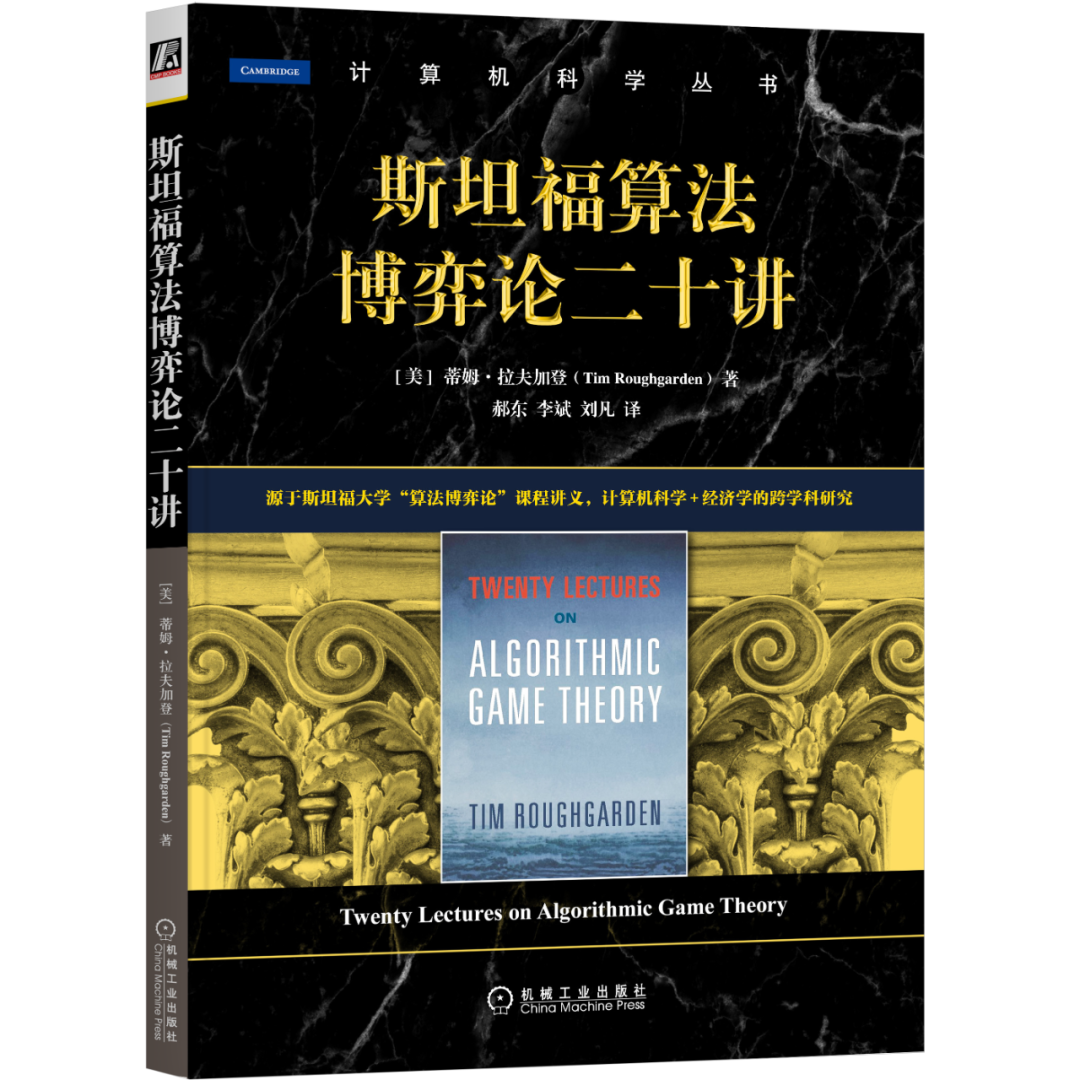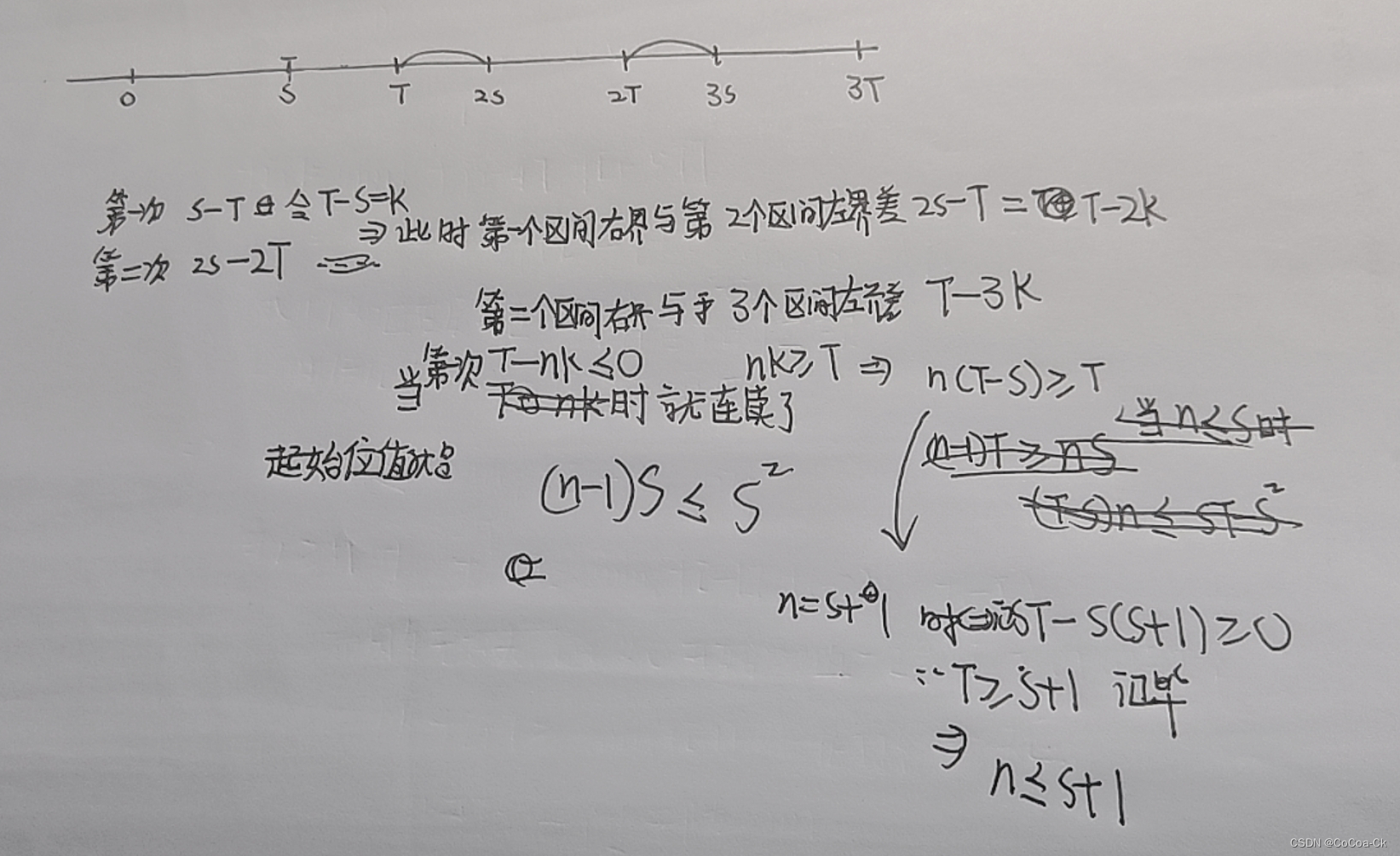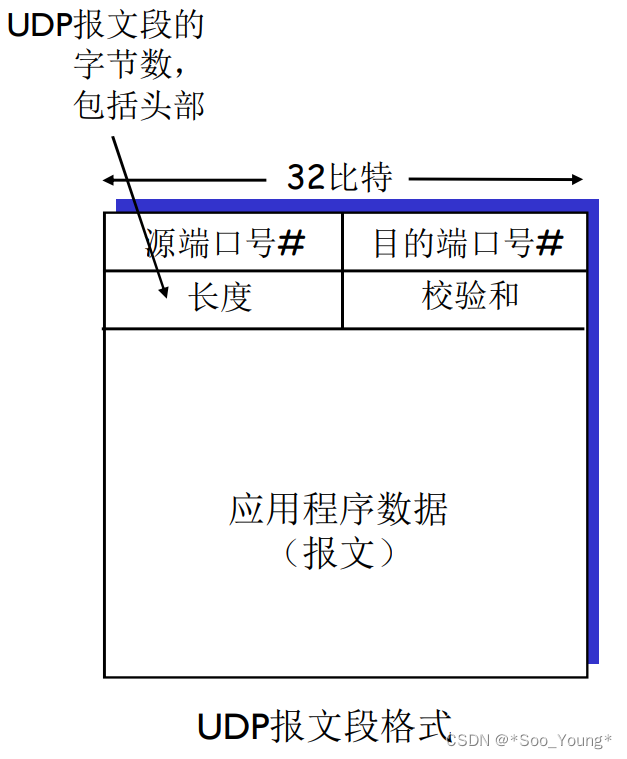起因是今天在刷下面这个力扣题时的一个报错
541. 反转字符串 II - 力扣(LeetCode)
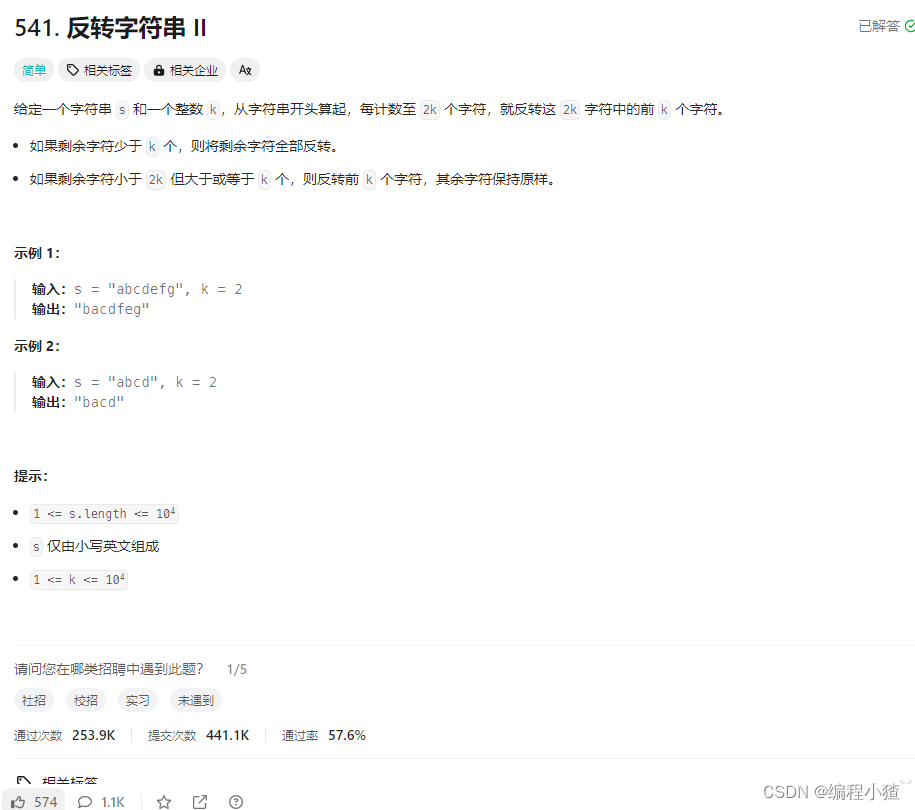
这个题目本身是比较简单的,所以就不讲具体思路了。问题出在最后方法的返回值处,要将字符数组转化为字符串,第一次写的时候也没思考直接就是return charArray.toString()
class Solution {public String reverseStr(String s, int k) {int len=s.length();char[] charArray = s.toCharArray();for (int i = 0; i < s.length()-1; i+=2*k) {int start=i;//这里是判断尾数够不够k个来取决end指针的位置int end=Math.min(charArray.length-1,start+k-1);while (start<end){char temp=charArray[start];charArray[start]=charArray[end];charArray[end]=temp;start++;end--;}}return charArray.toString();
}
}然后就出现了以下报错:
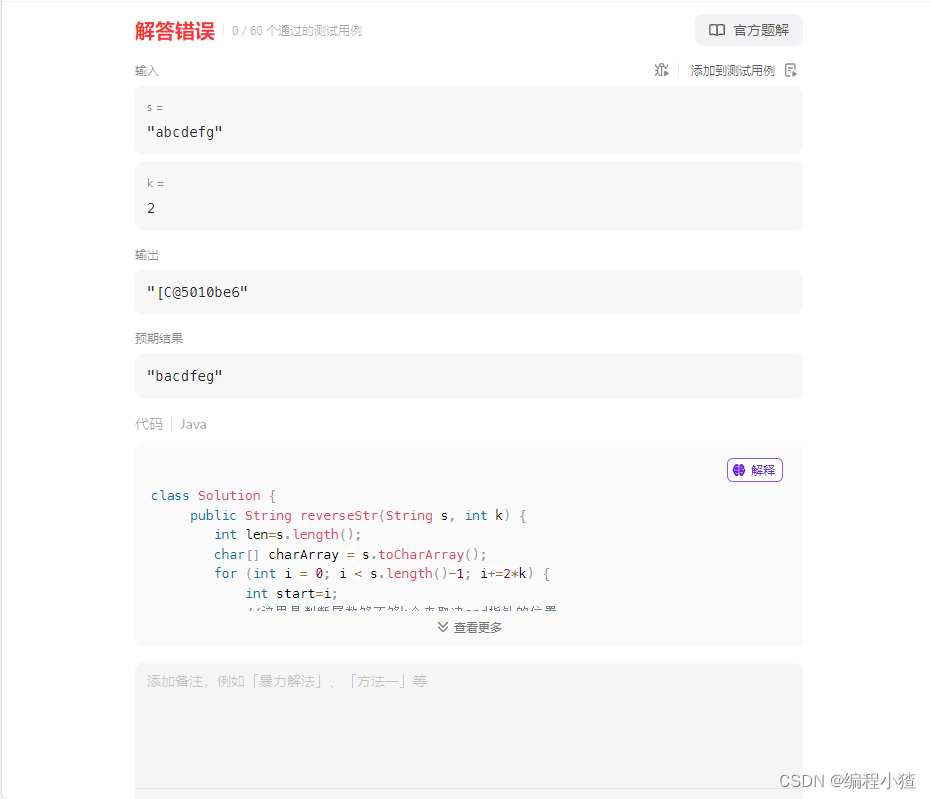
发现输出竟然是一坨看不懂的东西
后面思考了一下,原因如下:
toString()是顶级父类object中的方法,数组类中并没有对此方法重写(override),仅仅是重载(overload)为类的静态方法。所以,数组直接使用toString(),会去调用object类里面的toString方法,结果是[类型@哈希值]。
于是后面我又用了return Arrays.toString(charArray)还是不行。
class Solution {public String reverseStr(String s, int k) {int len=s.length();char[] charArray = s.toCharArray();for (int i = 0; i < s.length()-1; i+=2*k) {int start=i;//这里是判断尾数够不够k个来取决end指针的位置int end=Math.min(charArray.length-1,start+k-1);while (start<end){char temp=charArray[start];charArray[start]=charArray[end];charArray[end]=temp;start++;end--;}}return Arrays.toString(charArray);}
}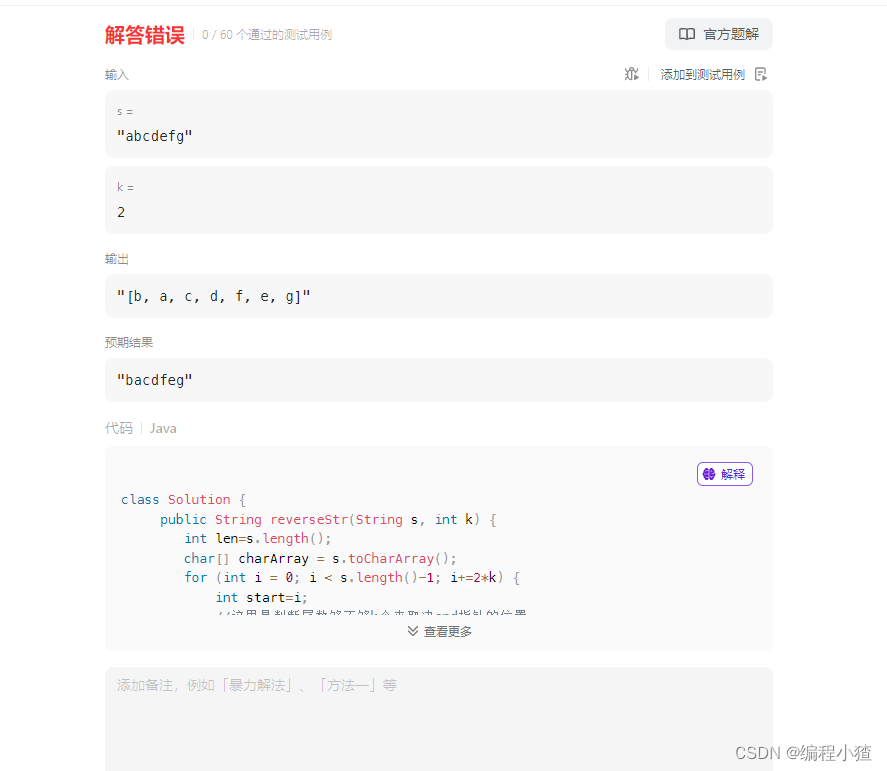
原来Arrays.toString(charArray)得到的字符串输出是有格式的而题目要求直接输出字符串。
最后用的是return new String(charArray);终于是通过了。
class Solution {public String reverseStr(String s, int k) {int len=s.length();char[] charArray = s.toCharArray();for (int i = 0; i < s.length()-1; i+=2*k) {int start=i;//这里是判断尾数够不够k个来取决end指针的位置int end=Math.min(charArray.length-1,start+k-1);while (start<end){char temp=charArray[start];charArray[start]=charArray[end];charArray[end]=temp;start++;end--;}}return new String(charArray);}
}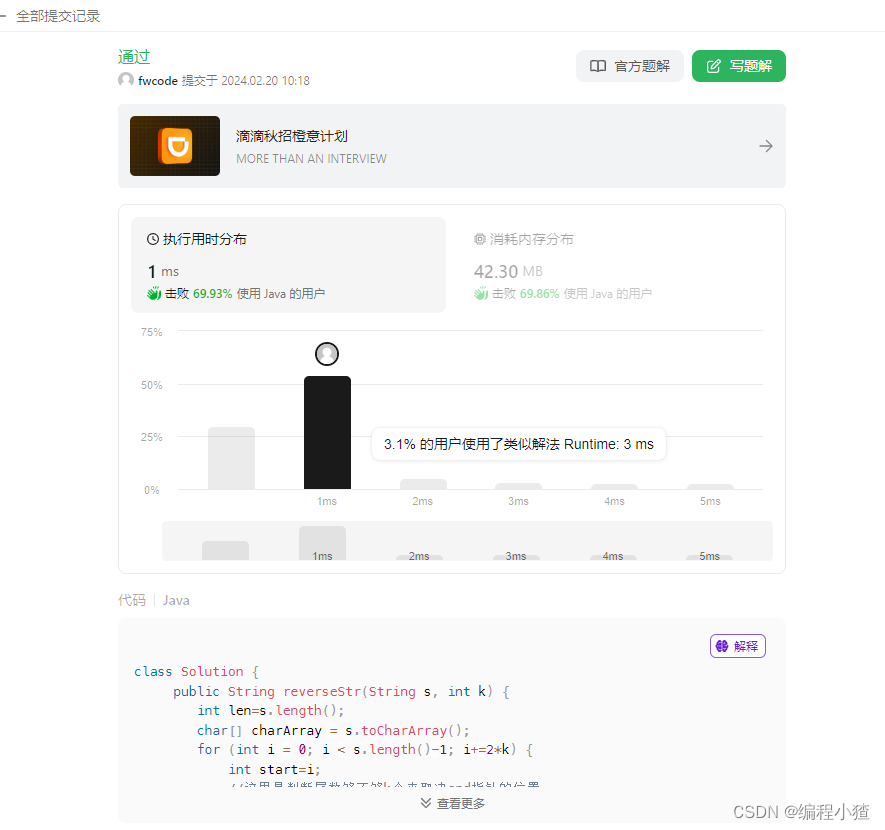
通过这次刷题,我也发现了我对Java 数组和字符串的转换这方面非常不熟悉,于是就总结了一下这方面的内容
java中char数组转化为字符串
java中所有的类,不管是java库里面的类,或者是你自己创建的类,全部是从object这个类继承的。object里有一个方法就是toString(),那么所有的类创建的时候,都有一个toString的方法。这个方法是干什么的呢?
首先我们得了解,java输出用的函数print();是不接受对象直接输出的,只接受字符串或者数字之类的输出。
Object类中的toString()方法的源代码如下:
/*** Returns a string representation of the object. In general, the* {@code toString} method returns a string that* "textually represents" this object. The result should* be a concise but informative representation that is easy for a* person to read.* It is recommended that all subclasses override this method.* <p>* The {@code toString} method for class {@code Object}* returns a string consisting of the name of the class of which the* object is an instance, the at-sign character `{@code @}', and* the unsigned hexadecimal representation of the hash code of the* object. In other words, this method returns a string equal to the* value of:* <blockquote>* <pre>* getClass().getName() + '@' + Integer.toHexString(hashCode())* </pre></blockquote>** @return a string representation of the object.*/public String toString() {return getClass().getName() + "@" + Integer.toHexString(hashCode());}char[] data = {'a', 'b', 'c'};
System.out.println(data.toString()); //输出结果为[C@79fc7299
输出会去调用object类里面的toString 方法,根据源码可知,输出结果为[类型@哈希值]。
而数组类中并没有对此方法重写(override),仅仅是重载(overload)为类的静态方法(参见java.util.Arrays)。
所以,数组直接使用toString(),会去调用object类里面的toString方法,结果是[类型@哈希值]。
数组转字符串可以使用Arrays类中的toString方法Arrays.toString(data)。附上Arrays类的toString方法源码。但是由源码可知,这种方法的toString()是带格式的,也就是说输出的是[a, b, c]。
/*** Returns a string representation of the contents of the specified array.* The string representation consists of a list of the array's elements,* enclosed in square brackets (<tt>"[]"</tt>). Adjacent elements are* separated by the characters <tt>", "</tt> (a comma followed by a* space). Elements are converted to strings as by* <tt>String.valueOf(char)</tt>. Returns <tt>"null"</tt> if <tt>a</tt>* is <tt>null</tt>.** @param a the array whose string representation to return* @return a string representation of <tt>a</tt>* @since 1.5*/public static String toString(char[] a) {if (a == null)return "null";int iMax = a.length - 1;if (iMax == -1)return "[]";StringBuilder b = new StringBuilder();b.append('[');for (int i = 0; ; i++) {b.append(a[i]);if (i == iMax)return b.append(']').toString();b.append(", ");}}
如果仅仅想输出abc则需用以下两种方法:
直接在构造String时转换。
代码示例:
char[] data = {'a', 'b', 'c'};String str = new String(data);
调用String类的方法转换
代码示例:
String.valueOf(data)
String类valueOf方法的源码如下,由源码可知,valueOf实际也是new String对象,和方法1一样。
/*** Returns the string representation of the <code>char</code> array* argument. The contents of the character array are copied; subsequent* modification of the character array does not affect the newly* created string.** @param data a <code>char</code> array.* @return a newly allocated string representing the same sequence of* characters contained in the character array argument.*/public static String valueOf(char data[]) {return new String(data);}
java中字符串转化为char数组
toCharArray() 方法
示例如下:
String str = "Hello, world!";
char[] charArray = str.toCharArray();
System.out.println(Arrays.toString(charArray));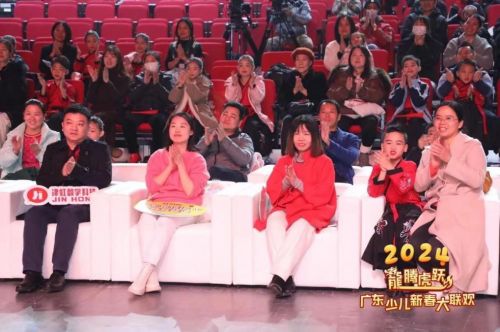
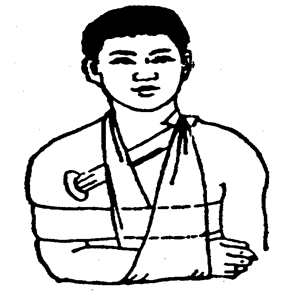

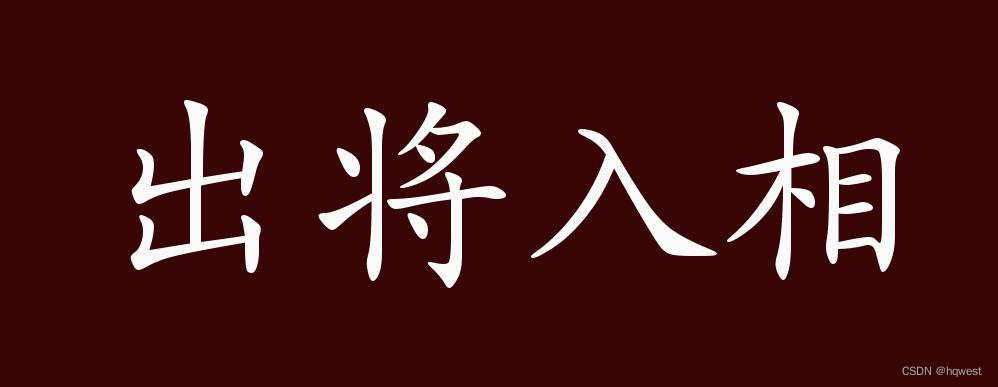
![NDK的log.h使用__android_log_print报错app:buildCMakeDebug[x86_64]](https://img-blog.csdnimg.cn/direct/8a09cb7fd33c4e26adbae634917d7ed8.png)

